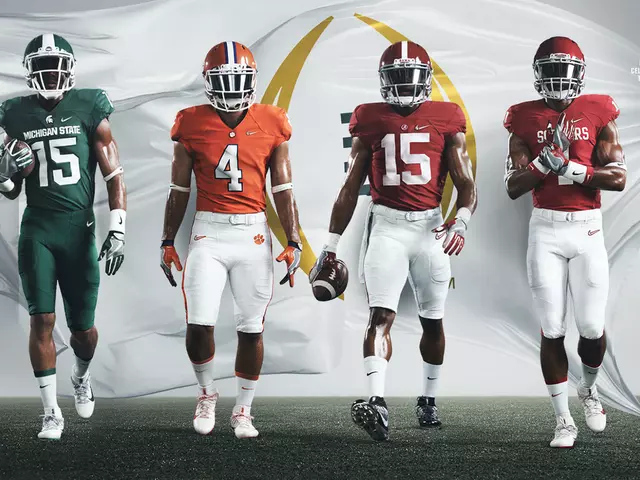Introduction: A Look at MLS Distribution in the USA
As a soccer enthusiast, it's easy to assume that Major League Soccer (MLS) teams are evenly distributed across the country. However, that's not the case. Some states, despite their population and love for the sport, don't have a home team to cheer for in the MLS. In this article, we'll explore which states fall into this category and discuss what factors might be contributing to this phenomenon.
Understanding the MLS Landscape
The MLS, founded in 1993, has grown significantly over the years. Currently, there are 27 teams divided into the Eastern and Western Conferences. Despite this growth, the distribution of teams across the country is not uniform. There are several states, some with large populations and others less so, that don't have their own MLS team.
An Overview of States Without an MLS Team
The majority of states in the U.S. do not have an MLS team. These include states in the Midwest like Kansas, Nebraska, and Iowa, southern states like Mississippi, Alabama, and Arkansas, and western states like Nevada, New Mexico, and Hawaii. Even some populous states like Virginia and Indiana are without an MLS team.
Factors Influencing the Absence of MLS Teams
There are several factors that might explain why certain states don't have an MLS team. These can range from lack of infrastructure and suitable venues, to a perceived lack of interest in soccer in the region, or even competition from other professional sports teams. It's important to note that the absence of a team doesn't necessarily reflect a lack of soccer fans in these states.
Examining the Role of Infrastructure
Infrastructure plays a crucial role in attracting an MLS team to a city or state. This includes not just the presence of a suitable stadium, but also the necessary training facilities and other logistical requirements. For many states, the lack of these facilities can be a significant barrier to having their own MLS team.
Assessing Fan Interest and Market Size
Another key factor in determining the location of MLS teams is the perceived interest in soccer and the potential market size. While soccer's popularity in the U.S. has grown significantly, it still lags behind sports like football, basketball, and baseball in many regions. This can impact the decision to establish a team in certain states.
Competition from Other Professional Sports Teams
Competition from other professional sports teams can also play a role in whether a state has an MLS team. In states with several professional teams across different sports, it can be challenging for an MLS team to establish a strong fan base and secure the necessary corporate sponsorship.
Potential for Future MLS Expansion
Despite the current distribution of MLS teams, the league has stated its goal to continue expanding in the future. This means that states currently without a team could potentially see an MLS team in their future. The decision will likely depend on a combination of factors, including infrastructure, fan interest, and market potential.
Conclusion: The Evolving MLS Landscape
While the majority of states do not currently have an MLS team, this does not mean that the soccer scene in these states is non-existent. Many of these states have vibrant soccer cultures, with enthusiastic fans and thriving youth and amateur leagues. As the MLS continues to grow and evolve, it's possible that we could see more states joining the MLS family in the future.



